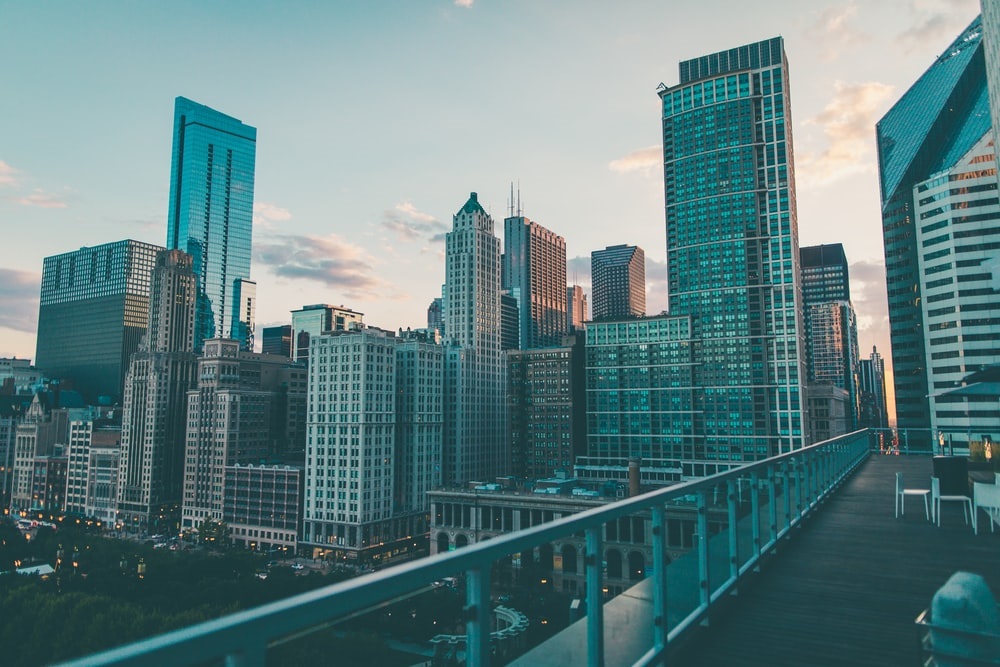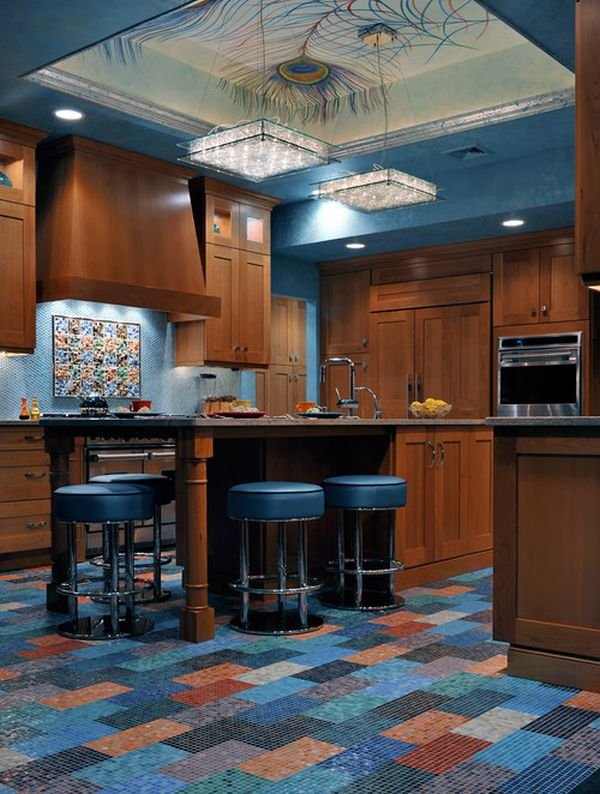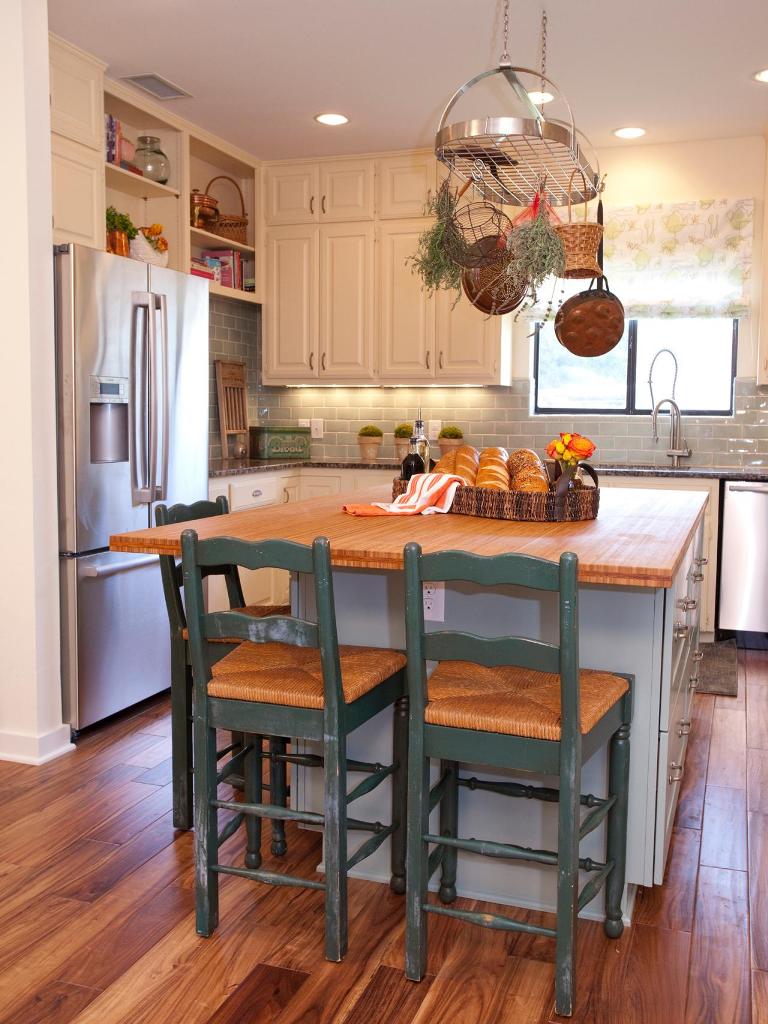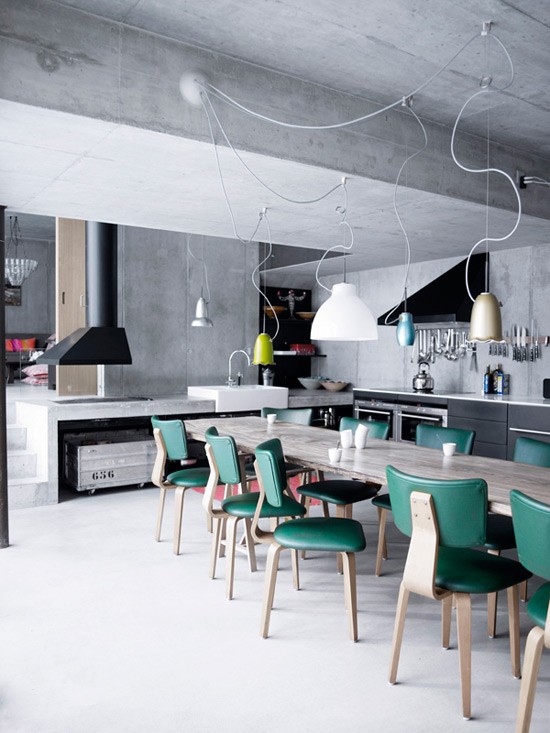It’s very challenging to get planning permission and consent for work on listed buildings. Here, Heritage Consulting will help you to understand these challenges and how to work around them to get the consent for work and planning permissions you need for a listed building whether you are converting, altering or extending your listed building. You should know that a listed building refers to a property with special historical or architectural interest in the local area.
Most of these listed buildings have been placed on the National Heritage List. You can visit the official website to find out if your home is listed and the particular grade. The status of listed buildings usually identify the most important parts of our heritage to allow special protection. Note that, these buildings have architectural features that demand preservation so it’s important to get significant and unique buildings listed.
Listing a building allows preservation of the building’s character and the materials. Note that, most listed buildings with special architectural structures or historic background are protected under the Planning Act of 1990. As such, there are stricter policies when it comes to doing any type of work on the buildings. Do you have a listed building you are planning to renovate but don’t know where to start? Are you thinking of where to get the planning permissions for listed buildings?
Heritage Consulting share what you need to know about doubling your chances for securing consent for working on a listed building whether you are adding space, comfort or value. You should be able to get a fundamental understanding of the UK planning system and understand how planning officers assess listed buildings.
Listed Building Categories
Listed buildings are categorized as follows.
- Grade I – These are buildings of exceptional interest. Only about 2.5% listed buildings qualify for Grade 1 category.
- Grade II* – These are particularly important buildings of more than special interest. At least 5.5% of listed buildings are under this category.
- Grade II – These are buildings of special interest. 92% of listed buildings fall under this category. It is the most common type of listing for homeowners.
Note that, the total number of listed buildings might not be one single entry on NHLE. Rather, it might cover a few individual units such as a row of terraced houses. Currently, there are more than 500,000 listed buildings on the NHLE.
Can I Extend, Alter Or Convert My Listed Building?
Once your building is listed it doesn’t mean it is completely preserved and no changes are allowed. Your building is not frozen in time. However, you need to apply for listed building consent to make any changes on your building that might affect the special interest. Note that, listed buildings should be enjoyed and used just like any other building out there.
Yes, you can get planning permission with Listed Building Consent for your property. Heritage Consulting can help to guide you through the process. It can also be extended, converted, altered or demolished in accordance to the government planning guidance. The listed building consents are used by the local authority to make any relevant decisions that balance the historic significance of the site against other issues such as the condition, function and viability.

Do I Need Planning Permission With Listed Building Consent To Extend, Alter Or Convert My Listed Building?
Yes, in most cases you should be able to continue working on the promise that you will comply with the additional planning policies in place. Once the development complies with further policies, you can get planning permission with the Listed Building Consent. Here, you should rely on the help of your listed building specialist architect as well as the planning consultant. For instance, you are required to use the exact material previously used to construct the building.
Depending on the area where the property is situated, your architects will have to look for the same materials and the same color of the period. Doing any work without Listed Building Consent is a criminal offence so you need to follow the law. Note that, getting planning permission with Listed Building Consent is challenging but not impossible.
Development Types That Require Listed Building Consent
Here are some of the types of development where you require Listed Building Consent.
- Extensions that include dormer windows, porches and conservatories.
- Demolition of any part of a listed building such as chimneys or any other structures within the grounds (referred to as curtilage).
- Fixtures such as shutters, satellite dishes, burglar alarms, ventilation pipes, meter boxes, rainwater pipes, soil and gutters.
- External alterations such as rendering, painting or cladding any part of a building.
- Internal alterations such as subdivision of rooms, removal of walls and insertions. The removal or alteration of historic features such as fireplaces, doors, paneling, decorative moldings, staircases and changing internal decoration.
- Alterations to curtilage structures or any grounds of a listed building such as garden walls, outbuildings and statutes also require Listed Building Consent.
Alterations To Listed Buildings
You should never alter, extend or convert a listed building without getting Listed Building Consent. If the councils discover any unauthorized building works have been carried out without a Listed Building Consent, you will receive a Listed Building Enforcement Notice under Act 1990. It means that when the notice is received under the Local Land Charges Register it will make it harder to finance or sell the property in the future.
Causing or executing unauthorized works on a listed building such that the character is affected is considered to be an offence under Act 1990. If you are guilty of such an offense, you will be liable to pay a fine of £20,000 or be imprisoned for 6 months after getting a conviction in the Magistrates’ Court. Also, you might receive an unlimited fine or up to 2 years’ imprisonment if convicted by the Crown Court. Therefore, you should get the Listed Building Consent before doing any type of alteration for the best results.










